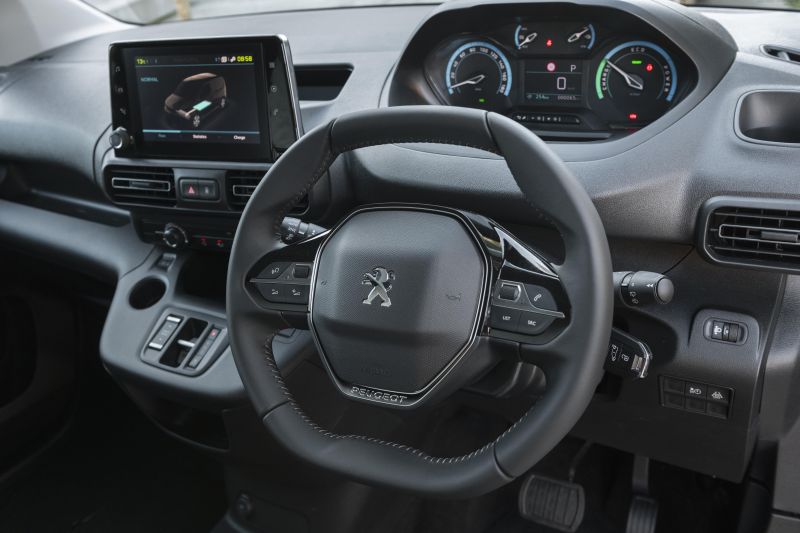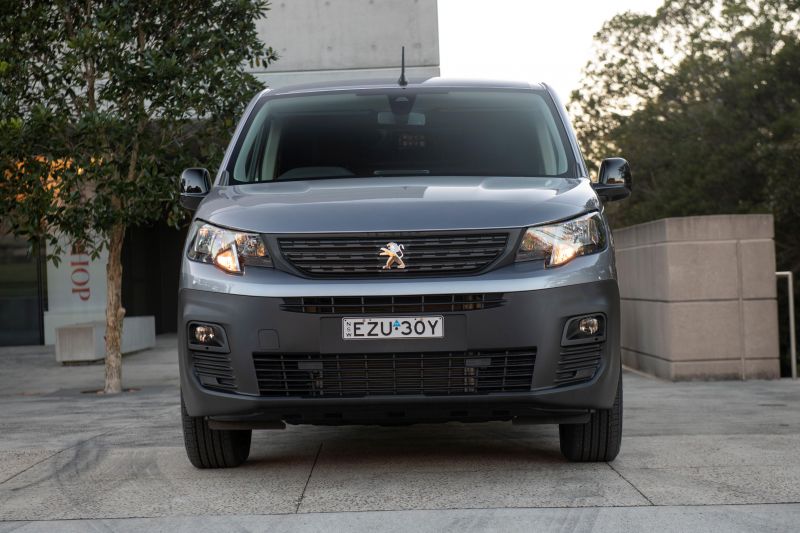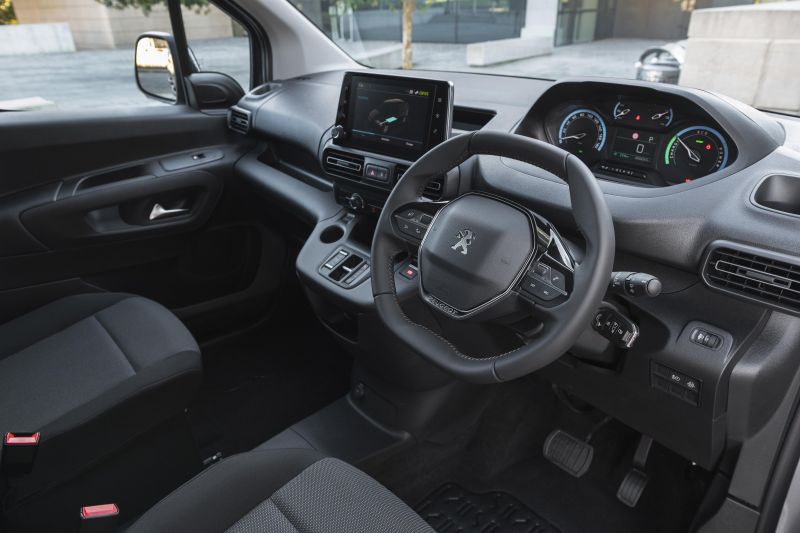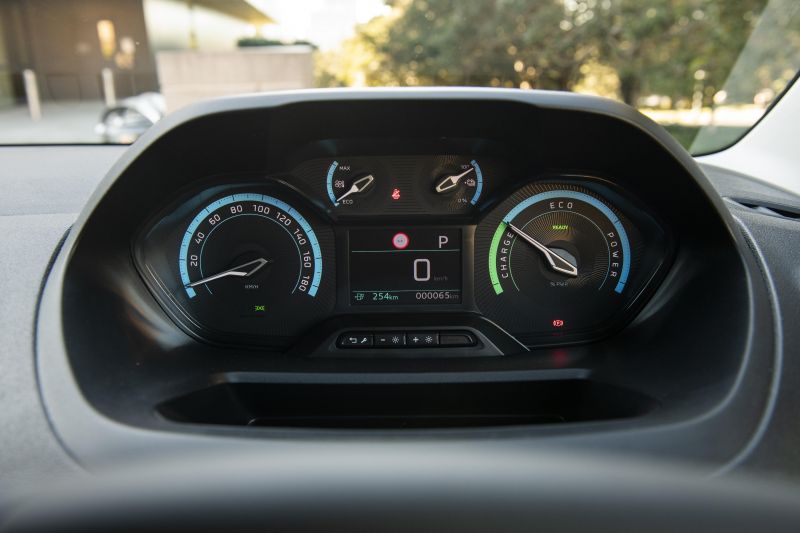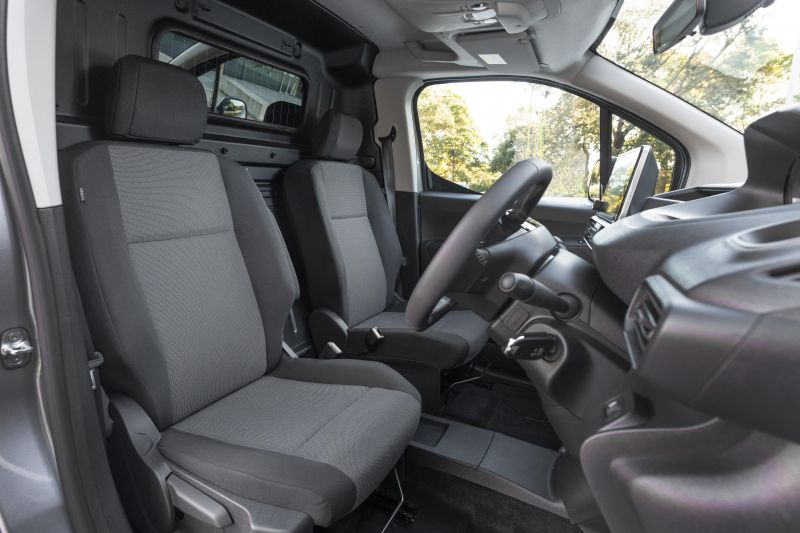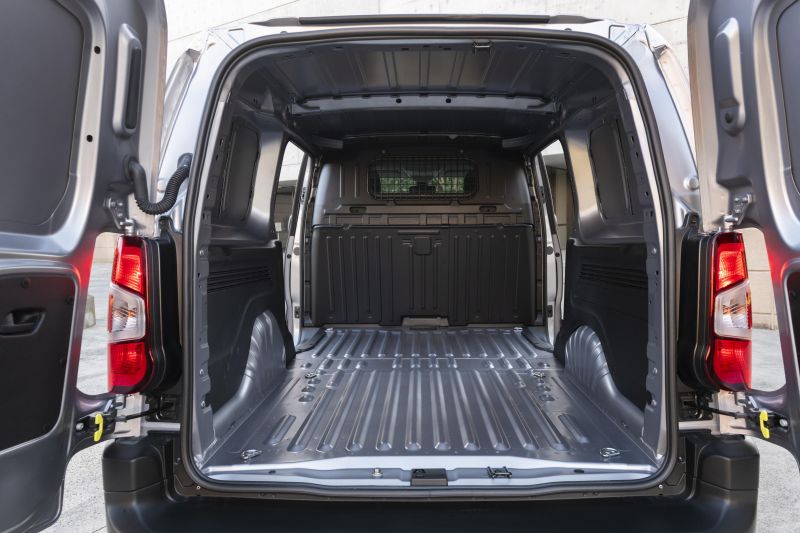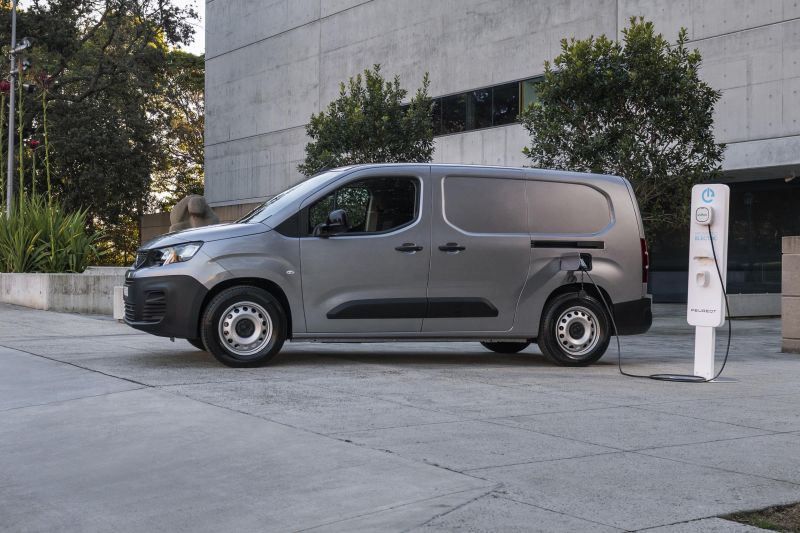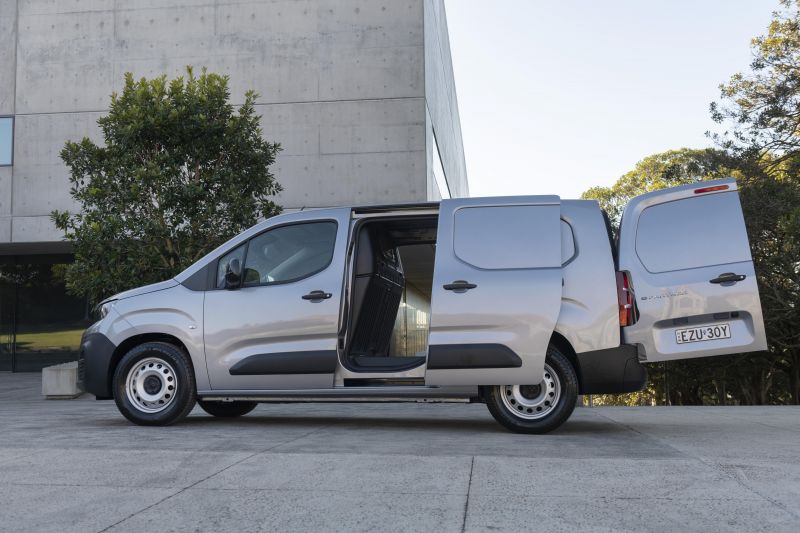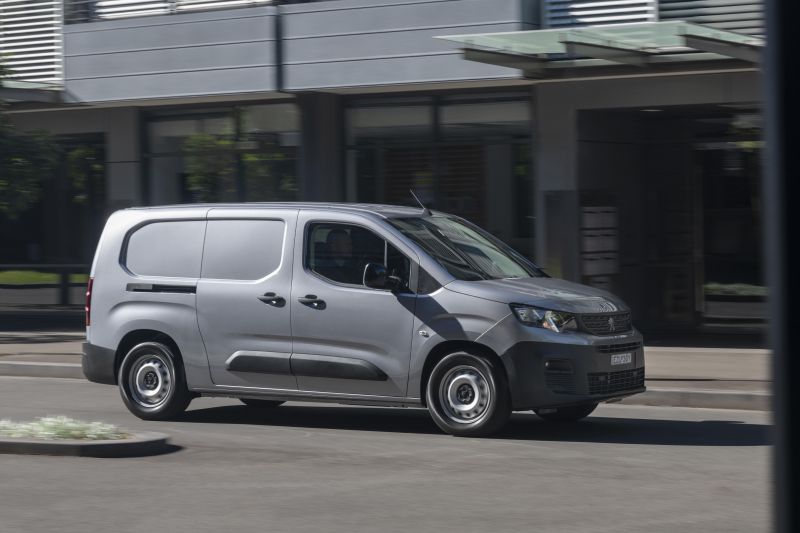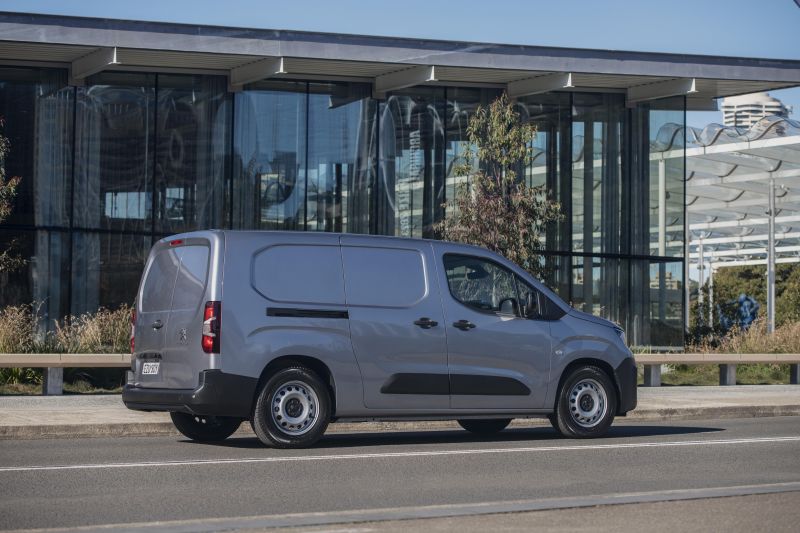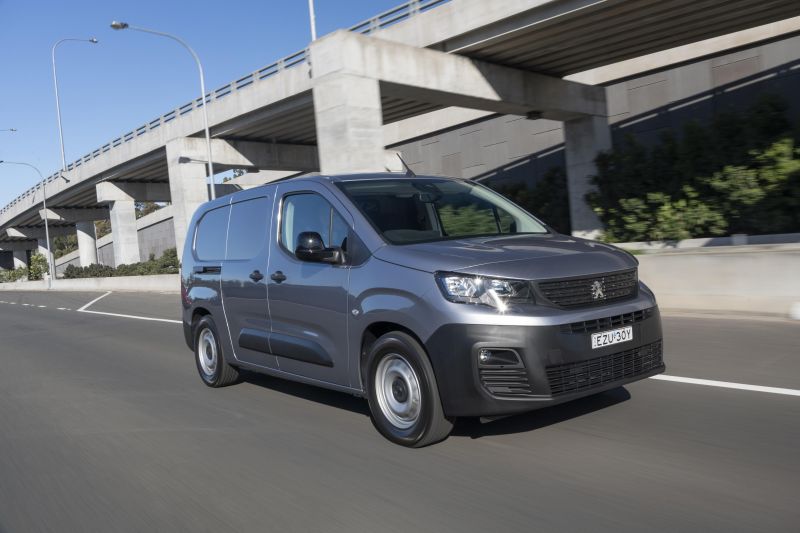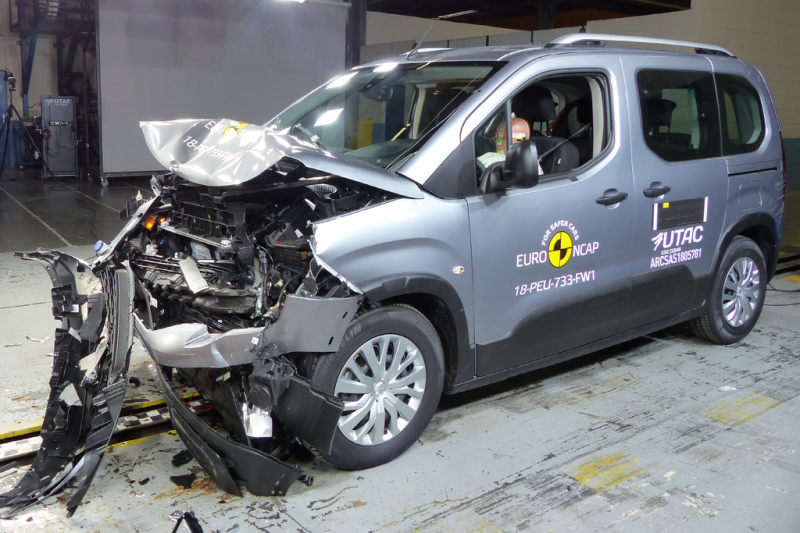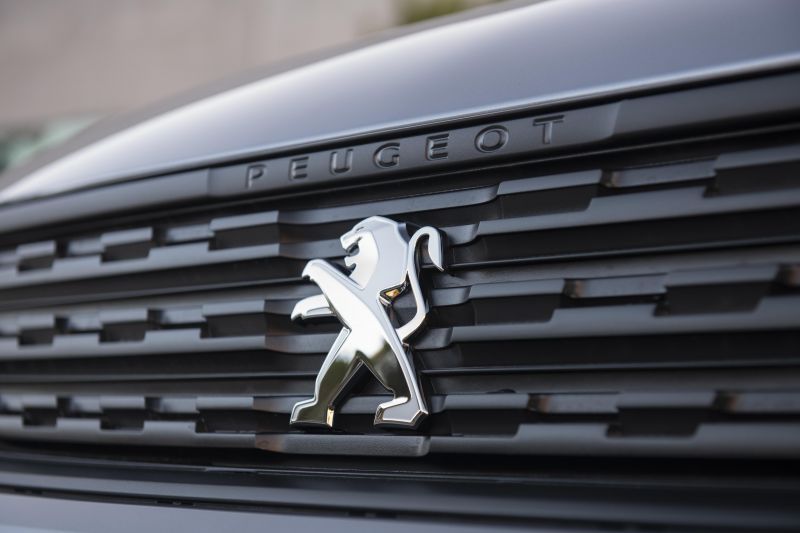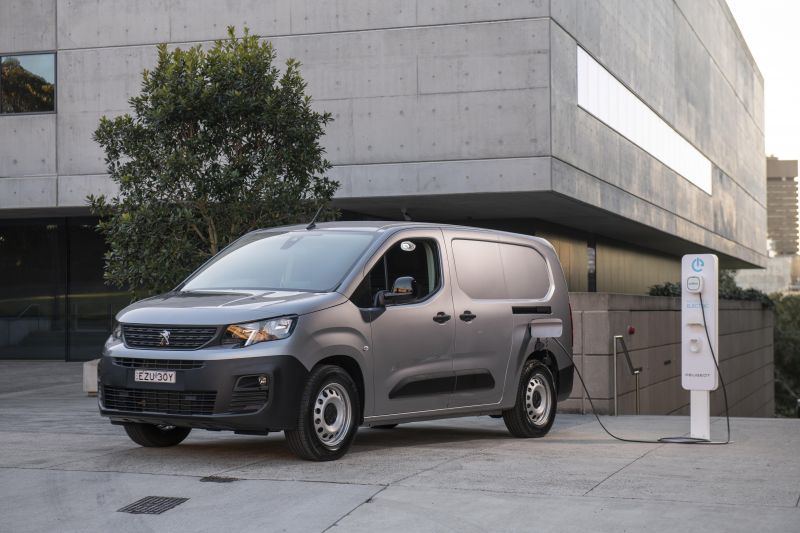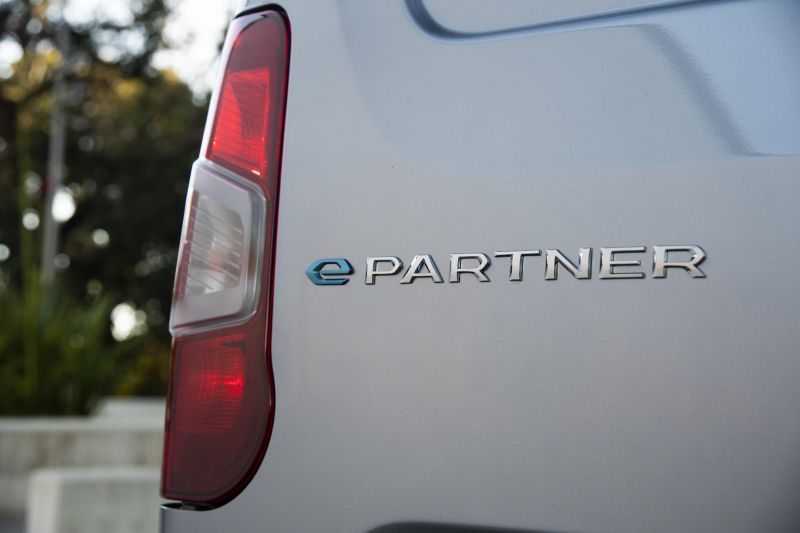There’s been a lot of talk about electric cars and SUVs, as models like Tesla’s Model 3 and Model Y and BYD’s Atto 3 rapidly rise in the sales charts.
Demand for these vehicles continues to grow, even as many Australians still express concerns about the lack of range of many electric vehicles (EVs) and our country’s still patchy charging infrastructure.
There’s one vehicle type, however, where trips tend to be shorter, urban jaunts, and the vehicles are deployed from one central location – and where, therefore, such concerns aren’t as pronounced.
Vans benefit greatly from electrification, and yet the number of offerings on sale in Australia at the moment is quite low, particularly when compared with Europe.
Peugeot sees an opportunity, therefore, with its e-Partner van to take a piece of the electric van pie; it’ll go back for a second slice with the larger e-Expert.
Does the e-Partner have what it takes to convince typical small van buyers – small and mid-sized businesses, owner operators – to make the switch to an EV?
How much does the Peugeot e-Partner cost?
While the petrol-powered Partner is available in two different lengths, the e-Partner is available in a single, long-wheelbase variant called the e-Partner Pro Long Auto. It’s priced from $59,990 before on-road costs.
Ice White paint is standard, with Artense Grey, Nera Black and Platinum Grey finishes costing an additional $690.
Renault has had this segment all to itself in Australia since 2017, apart from the blink-and-you-missed-it tenure of the BYD T3. Much of the activity in Australia’s electric van market, still nascent, is found in larger vans – witness the Ford E-Transit or LDV eDeliver 9, for example.
The Kangoo Z.E. was a hoary old thing, but in bad news for Peugeot it’s being replaced. The new, much more modern Kangoo E-Tech is due here this year, with pricing yet to be announced.
Want literally any other electric van on sale in Australia? You’ll be looking at a price tag at least $30,000 higher than the Peugeot’s sticker. The e-Partner is still $21,602 more expensive than the equivalent petrol-powered model, but varying government incentives can help reduce that premium.
What is the Peugeot e-Partner like on the inside?
If you have sat in a Partner before, you won’t find much in the way of surprises with the e-Partner. The cabin is largely the same, apart from different instruments with EV-specific dials, and a stubby gear selector.
If you haven’t sat in a combustion-powered Partner, however, you’ll be in for a surprise as the cabin deftly mixes Peugeot’s trademark interior style with the kind of usability expected from a vehicle in this segment.
The Partner was the first Peugeot light commercial vehicle to use what the brand calls its i-Cockpit interior layout, with a smaller, lower-mounted steering wheel and a high-mounted instrument cluster.
At 180cm tall and without having to add some kind of qualifier like “I have a long torso”, I was able to get comfortable easily. The presence of a fold-down armrest for the driver’s seat is most welcome, and the seat is height-adjustable.
The leather-wrapped, squared-off steering wheel falls readily to hand and feels good, though it lacks the height and reach adjustment of petrol models.
At least for me and my seating position, the instruments are easy to see – no need for a head-up display here.
Interestingly, the passenger’s airbag is situated not in the dashboard but rather in the roof.
The 8.0-inch touchscreen infotainment system isn’t Peugeot’s latest, but works well enough. There’s no embedded satellite navigation, though there is wired Android Auto and Apple CarPlay.
Another omission: there’s no AM radio, despite this being offered on other Partner models.
There’s quite a passenger car-like feel to the e-Partner’s interior, apart from the bevy of storage cavities.
There are cupholders on either side of the dashboard, an enormous shelf above the front seats that spans the entire width of the van, and open cubbies between the two front seats.
There’s no opening glove compartment, but there are two shelves instead, while there’s an additional open cubby on the centre stack, a shelf to slot your phone below the climate controls, and a couple of other open nooks on the dashboard where you can store items.
There’s also an additional cupholder on the centre stack, though it’s a dainty European one without teeth; the cupholders on their dashboard are similarly toothless.
Vans aren’t known for their visibility, and with its glazed bulkhead the e-Partner is no exception. However, there are large exterior mirrors, while the e-Partner boasts the same expansive greenhouse as the combustion-powered model.
The bulkhead itself, however, doesn’t have a load-through flap like the petrol model.
You can open either a sliding door on each side of the vehicle or two barn doors at the back to access the load space.
With the battery mounted under the floor, there’s been no impediment to cargo capacity: Peugeot claims an identical 3.9 cubic metres of space to the petrol version.
The load space measures 2167m long with the bulkhead, which doesn’t have an opening flap like in petrol-powered models. Maximum load height is 1243mm and width is 1527mm, or 1229mm between the wheel arches.
There are, however, only six tie-down rings instead of 10 like the petrol model.
What’s under the bonnet?
The e-Partner rides on Peugeot’s EMP2 architecture, which has been engineered to support electric and plug-in hybrid vehicles in addition to traditional petrol- and diesel-powered fare.
It features a single, front-mounted electric motor with 100kW of power and 260Nm of torque, slightly more than the (admittedly lighter) petrol-powered Partner Pro and Premium with their 96kW/230Nm turbocharged 1.2-litre three-pot. The official 0-100km/h claim is 11.2 seconds, with a top speed of 135km/h.
Peugeot says outputs are adjusted depending on your drive mode: you get the full 100kW/260Nm in Power, only 80kW and 210Nm in Normal, and just 60kW and 190Nm in Eco. The lattermost mode reduces power to the HVAC system.
The e-Partner uses a 50kWh lithium-ion battery and offers a claimed WLTP range of 258km. That’s less than the new Kangoo E-Tech Electric, which boasts 300km of WLTP range.
You can charge the Partner at up to 7.4kW using AC power, and it will take 7.5 hours to charge it from 0 to 100 per cent. Alternatively, you can plug it into a 100kW DC fast charger, and it will take 30 minutes to charge it from 0 to 80 per cent.
Via the infotainment touchscreen, you can set up deferred charging so the vehicle will only accept charge at certain times.
We had 268km of range displaying in the instrument cluster upon startup. By the end of an 81km drive route, which consisted of inner-city, suburban and highway driving, we had 176km remaining. Average energy consumption was 16.4kWh/100km.
The e-Partner has a tare weight of 1632kg, which makes it 247kg heavier than the Pro Long Auto.
Peugeot says the e-Partner has a payload of 753kg, or 203kg less than the petrol-powered Pro Long Auto, while braked towing capacity is 750kg, or 200kg less than the petrol-powered Pro Long Auto.
The Peugeot’s payload is higher than the new rival Renault (615kg), but its towing capacity can’t match the Kangoo’s 1500kg figure.
How does the Peugeot e-Partner drive?
This isn’t the most radical of new EVs, which is both a good and bad thing.
Unlike many EVs, you start the car with a conventional switchblade key, and there’s no one-pedal drive mode. You can activate B mode, which maximises deceleration when you let your foot off the pedal, but while it will slow the vehicle down it doesn’t bring the van to a complete halt.
Like Peugeot’s cars and SUVs, there’s also no auto hold function. For those of us who have gotten quite used to this feature, the lack of auto hold – particularly in inner-city traffic – is an annoyance.
While the instant torque of some front-wheel drive electric vehicles will see their front tyres scrambling for grip, the e-Partner is smooth off the line.
We drove it largely in Normal mode, which doesn’t take advantage of the full outputs available in an attempt to balance adequate power with sufficient range, and it didn’t feel like a slug. That was despite a 200kg load strapped in in the back.
Power mode will give you the full outputs, though we didn’t feel the need to use it. A brief try demonstrated the e-Partner doesn’t feel massively quicker in this mode.
The steering in the e-Partner is very nicely weighted, helping to give this long, skinny van a rather car-like feel. The system genuinely does feel like it’s out of one of the EMP2-based passenger cars, much like the lovely leather-wrapped wheel itself.
Ride comfort is generally quite good. We felt some muffled thumps on some more patchy Sydney roads, but things like highway expansion joints were dispatched without drama.
The cabin also seems to be decently insulated, helped no doubt by the bulkhead sealing off the cabin from the echo chamber at the back. Despite the fairly large exterior mirrors, there’s little in the way of wind noise at higher speeds.
There’s no adaptive cruise control or blind-spot monitoring like you’ll find in, say, a Toyota HiAce, however there are still some welcome driver assist features like automatic high-beam and lane-keep assist.
The latter doesn’t have any kind of associated lane centring function, but it works well to prevent you from veering into another lane without being an overly intrusive presence.
The traffic sign recognition works well at detecting speed signs, but doesn’t know what to make of school zone times – it simply assumes the posted speed is the same all day long.
Peugeot puts its cruise control switches on a stalk behind the wheel. It’s hard to see, but once you get used to it it’s very easy to use. We wish there was adaptive cruise, however.
What do you get?
e-Partner highlights:
- 8.0-inch touchscreen infotainment system
- Wired Apple CarPlay, Android Auto
- DAB+ digital radio
- 1 x USB outlet
- 1 x 12V socket
- Cruise control
- Electric parking brake
- Air conditioning
- 4-speaker sound system
- Leather-wrapped steering wheel
- Remote keyless entry
- Automatic headlights
- Automatic high-beam
- Rain-sensing wipers
- Front fog lights
- Fabric upholstery
- Height-adjustable front seats with lumbar adjustment
- 16-inch steel wheels
- Dual sliding doors
- 180-degree opening rear barn doors
- Full-sized spare wheel
As mentioned, you miss out on various features found in the Pro Long Auto. These include power-folding exterior mirrors, AM radio, a bulkhead pass-through, and rake and reach adjustment for the steering wheel.
Is the Peugeot e-Partner safe?
Combustion versions of the Peugeot Partner have a four-star ANCAP safety rating based on testing of the Rifter people mover by Euro NCAP. The electric e-Partner remains unrated for now.
The e-Partner comes standard with the following safety equipment:
- Autonomous emergency braking (AEB)
- Lane departure warning
- Lane keep assist
- Speed sign recognition
- Reversing camera
- Rear parking sensors
- Front, front-side and curtain airbags
- Hill start assist
How much does the Peugeot e-Partner cost to run?
Peugeot offers the e-Partner with a choice of three- and five-year prepaid service plans, costing $600 and $1000, respectively. In contrast, the combustion-powered Partner’s plans cost $1000 and $1900.
The company says by purchasing the prepaid plans, buyers will see a saving of $398 and $530, respectively. These prepaid plans are transferable should you sell the vehicle before the plan has been used.
There are fewer service items than a combustion-powered Partner, but Peugeot says there are still items like the tyres, brake fluid, coolant and pollen filters, among others, that need to be checked at a visit. You can view a full breakdown of the service items with each visit on the Peugeot website.
If you don’t purchase a plan, you’ll pay $293, $412, $293, $425 and $307, respectively, for the first five services.
Servicing is required every 12 months or 25,000km. That’s a longer distance than Peugeot’s petrol-powered models, which have 15,000km or 20,000km intervals. The e-Partner can also be serviced at any of Peugeot’s 36 dealers nationwide.
It’s backed by the same five-year, 200,000km warranty as the rest of Peugeot’s commercial vehicle range, with a separate eight-year, 160,000km warranty for the battery.
CarExpert’s Take on the Peugeot e-Partner
Small vans are not only the smallest dimensionally, but also in terms of sales. And yet Peugeot has a real opportunity here with the e-Partner by offering one of just two electric options in this segment.
The e-Partner is a thoroughly pleasant thing to both sit in and drive. Its outputs are modest on paper but it doesn’t feel beleaguered on the types of roads that may form part of its owners’ delivery routes, including hills and highways.
Power delivery is smooth, the ride is settled, and noise is kept to a minimum. The cabin is comfortable and full of storage, though there are numerous omissions – this might be more expensive than the flagship petrol Premium, but its equipment levels are closer to that of the base City.
Peugeot says it will have enough supply of its new electric van. We know there’s plenty of demand for similarly priced electric sedans and SUVs, but let’s see if this enthusiasm extends to vans, too.
Click the images for the full gallery

